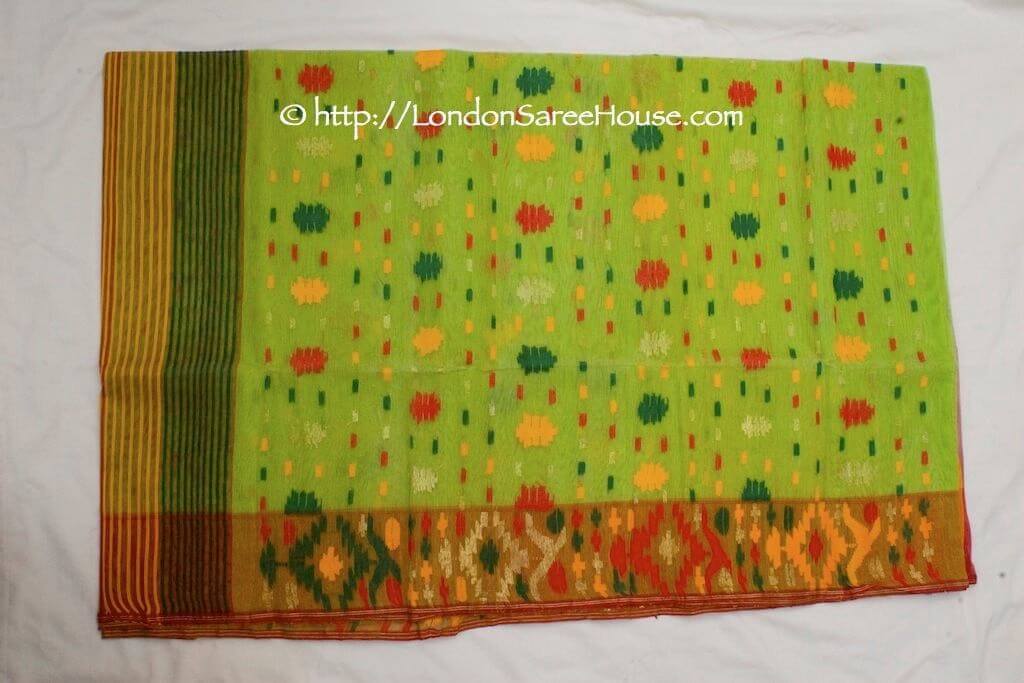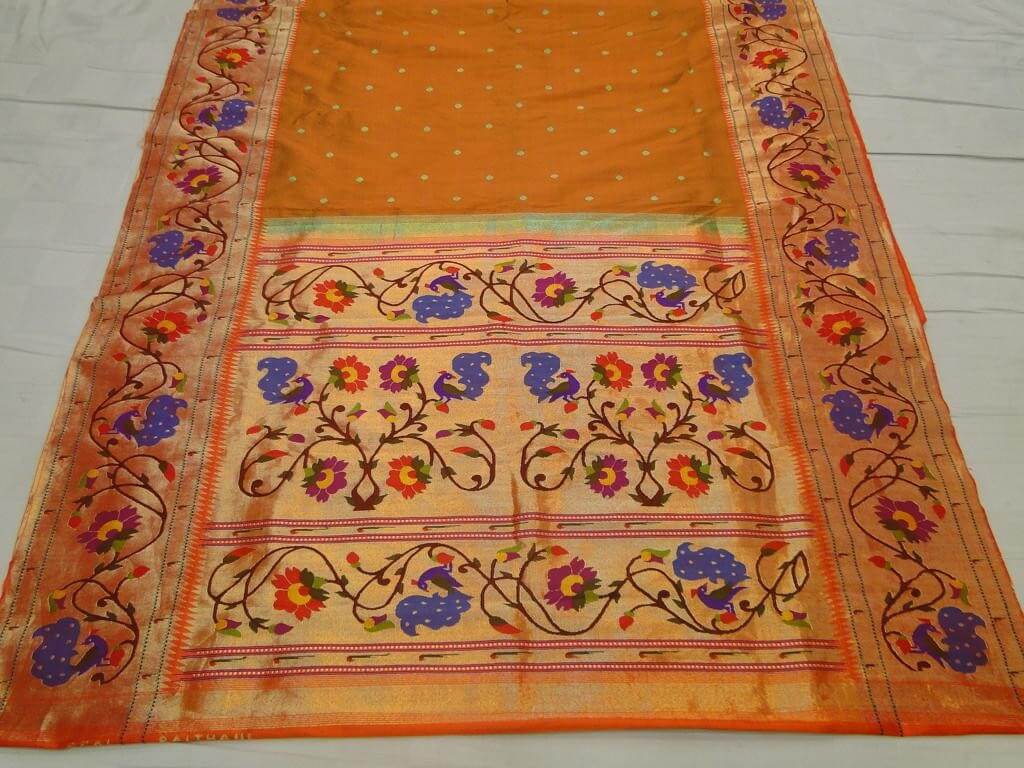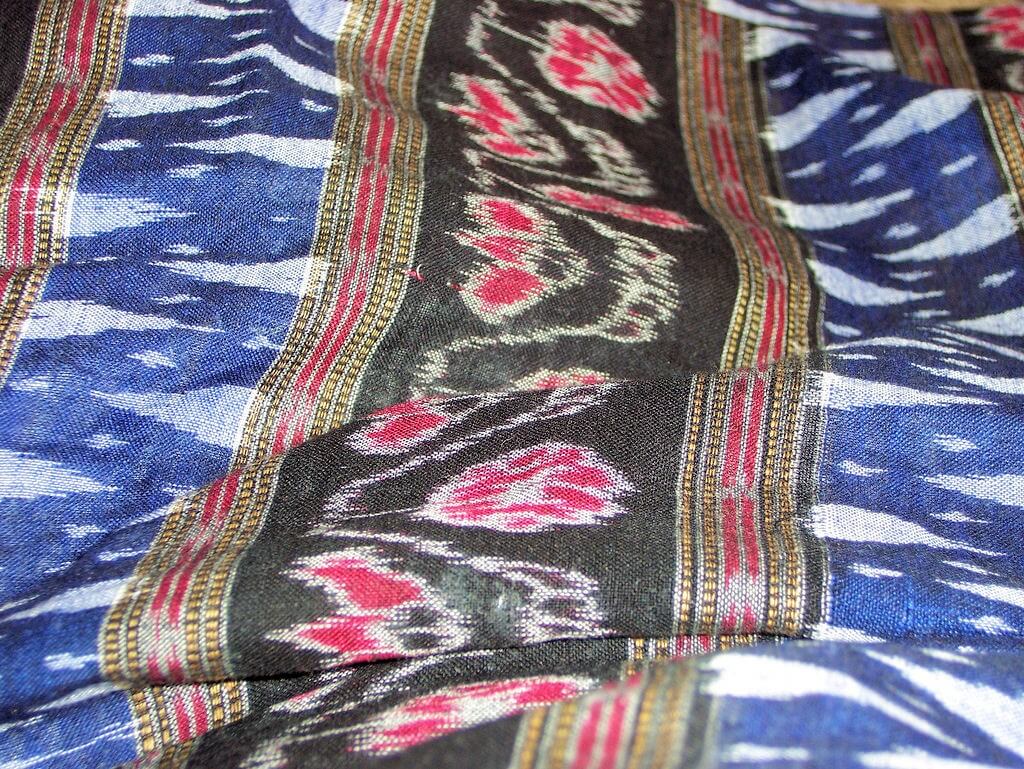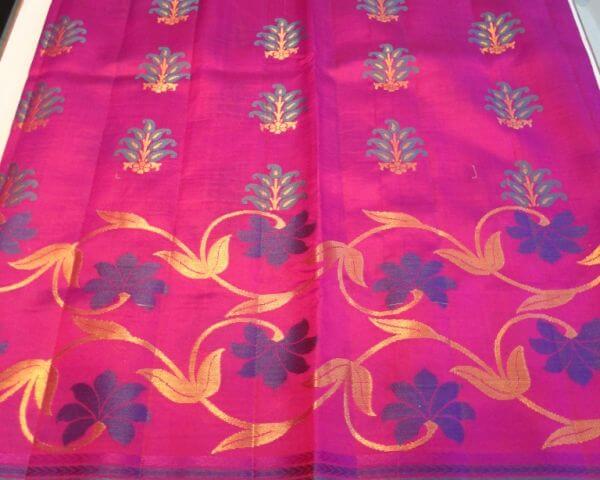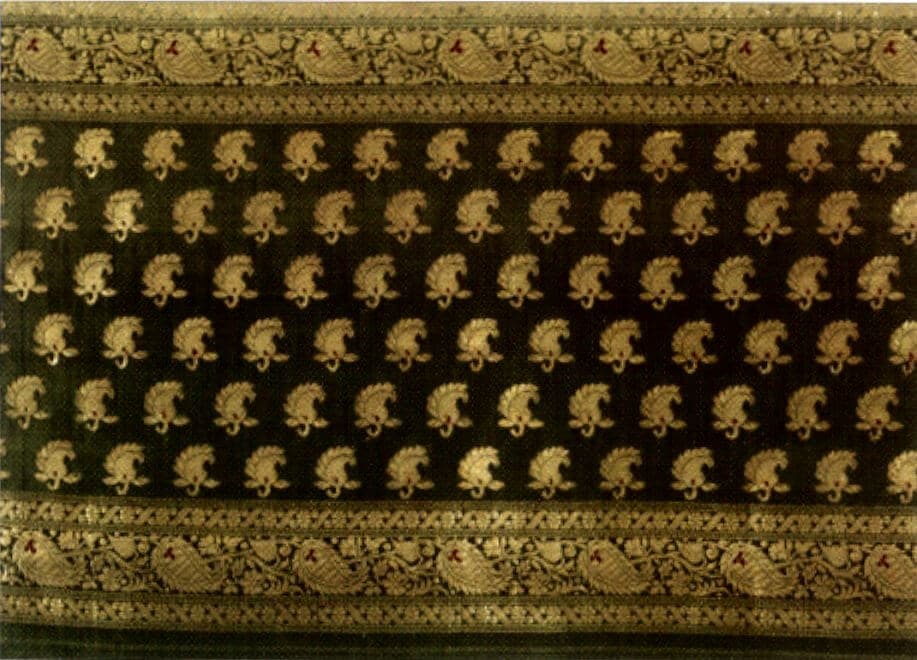India’s vibrant nine yard long story
Traced back to the Indus Valley Civilization, a ‘Saree’ is the world’s oldest type of unstitched fabric still in fashion. And what a generous piece of fabric, for it suits every woman irrespective of her body type and brings alive the true beauty in her.
The canvas of India has various styles of sarees weaved into it. Every state has its own signature saree famous around the world and known by the name of the Indian state it belongs to. Curated by artisans and craftsmen, each saree is a masterpiece in itself.
With this let us start a virtual tour around the country and hand pick the sarees from each state.
- Kanjeevaram: The most famous bridal saree of South India, Kanjeevaram basically comes from a place called Kanchipuram in Tamil Nadu. This saree is known for its vibrant colors and excellent temple pattern borders. In spite of being very heavy and rich in brightness of colors, this saree has a certain kind of signature elegance to it.
- Dhakai: Originally from Bangladesh, this type of saree now has a hub in West Bengal. The zamdani work makes Dhakai the exquisite cotton saree that lends unmatched panache.
- Paithani: Paithani is the famous saree of Maharashtra. Generous with golden thread work, this kind of saree is mostly found in bright color combinations. It is said that in the time of the great Maratha kings, real gold thread was used to embroider these sarees.
Source: newwavepaithani.com
- Sambalpuri : This style of embroidery comes from a small place called Sambalpur in Orissa. The sambalpuri saree usually has intricate designs comparable to a form of art. There are both silk and cotton sarees that are made in the Sambalpuri style.
Source: Wikipedia
- Pattu Saree: Originated from the land of many colors, Kerela, a Pattu saree is elegance redefined. Styled only with white and gold and heavy golden borders, this saree celebrates fashion in a way seldom any colors can celebrate. Worn during festivals and even weddings, this saree celebrates the beauty in subtlety.
Source: ClickIndia
- Assam Silk: The state of Assam produces the best silk in the country. They are famous for weaving delicate gold colored Moga silk and have their own style of thread work as well.
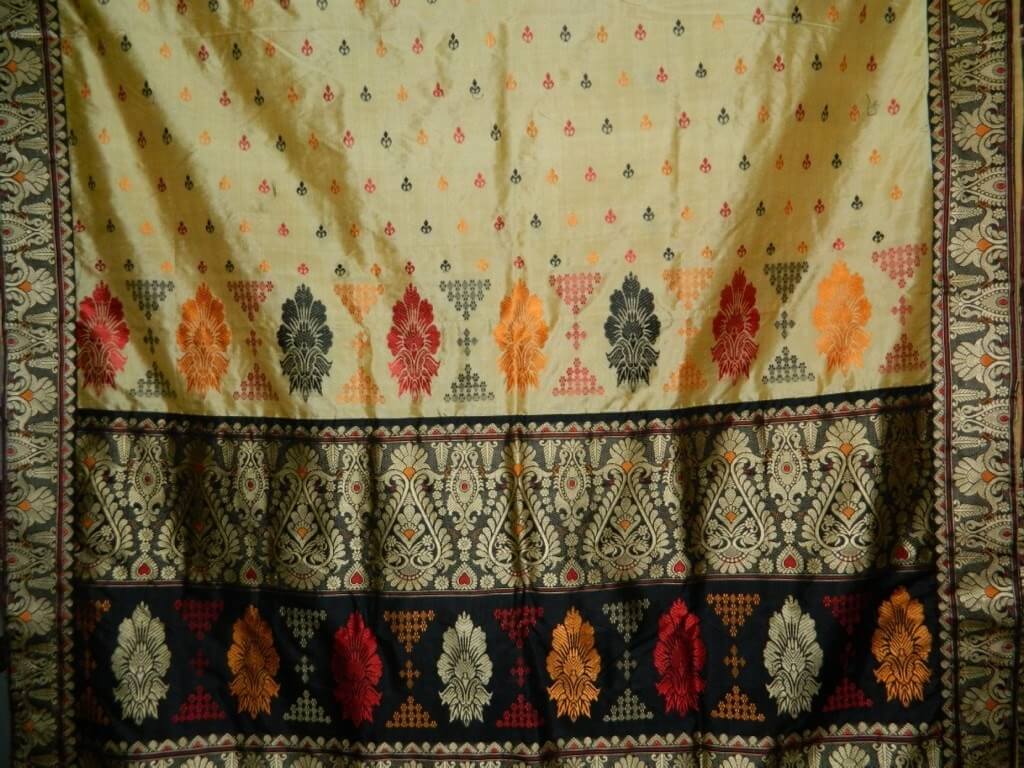
Source: Craftsvilla
- Banarasi Saree: Banarasi silk sarees are famous because of their colors and texture. These sarees often have heavy golden embroidery and are popular bridal sarees in North India.
Source: Wikipedia
- Gota Saree: Gota is a special kind of lace border that is attached to the edges of the saree. This kind of work is found in Rajasthan and Uttar Pradesh. Without any fancy designs, this kind of saree comes in beautiful colors and mostly golden borders called gota.
- Chanderi: Tissue silk sarees that originated in Madya Pradesh are called chanderi sarees. These sarees mostly come in earthy colors and the blouse are mostly made of a color complementing the color of the saree. Chanderi can be worn with jewelry, mostly oxidized, to lend an ethnic flavor to one’s persona.
- Tant: Bengal is the best place to buy crisp cotton sarees that are known as Tant. The specialty of this saree is that it is stiffly starched and is curated with excellent workmanship.
Source: Tradeindia
- Kota: Kota sarees are usually made of cotton. They hail from the city of Kota in Rajasthan. They can be simple enough to be worn at home and they can also be exclusive as bridal sarees.
- Bandhej: Rajasthan and Gujrat spell cheerful colors and vibrancy and the bandhej saree is a true reflection of the persona of these states. Crafted with traditional tiny block designs on colorful chiffon, crapes and georgettes. Banjhej sarees range from casual to fancy, each one a unique celebration of colors.
Source: Spiceflair
